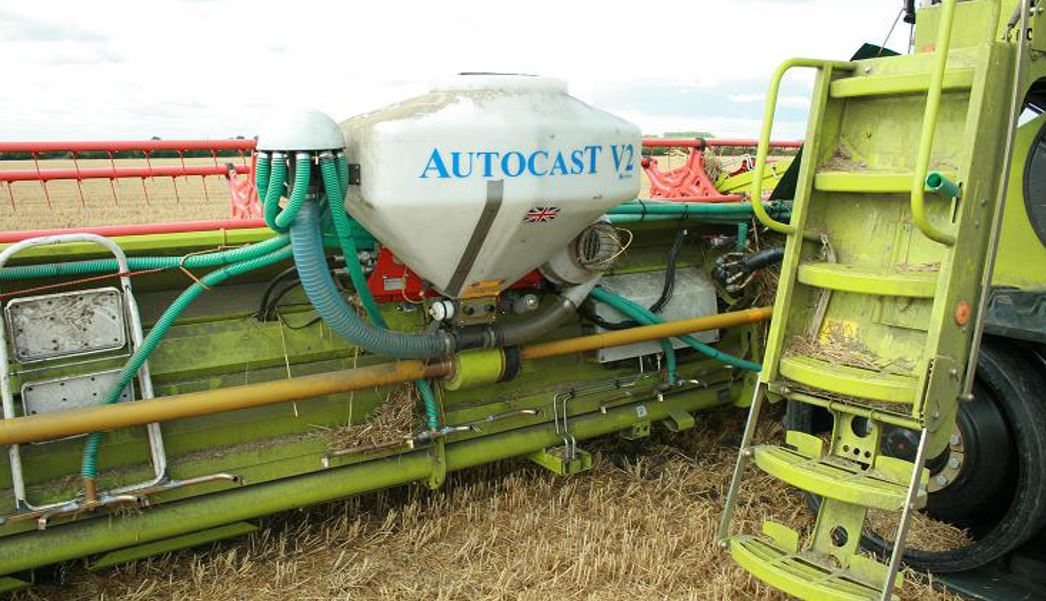- Home
- Knowledge library
- The pros and cons of broadcasting seed on arable land
The pros and cons of broadcasting seed on arable land
Broadcasting can establish small seed crops (such as oilseed rape and cover/catch crops) directly with or before the combine.
Effective broadcasting: Points to consider
- Residues should be evenly chopped and spread, as thick accumulations cause uneven establishment
- Yield can be affected by:
- Compromised establishment
- Nutrient availability/lock-up
- Increased slug, disease or carry-over pressures
- Residual herbicide from the previous crop may dictate the choice of cover species capable of establishment and the need for cultivations
- Compaction at harvest – use controlled-traffic farming (CTF) and options to minimise ground pressures
- Restructure soil after establishment – if establishing a cover or catch crop – if conditions are suitable and disturbance is managed
- Broadcast into the previous crop to maximise the time for a catch, cover or conventional crop to grow (such benefits are critical when harvest is delayed or resources are limited)
- If broadcasting a mix, be aware that heavier seeds travel further from a disc-based spreader than lighter ones; boom-type spreaders are ideal


